Identifying Good Horned Lizard Habitat
Thursday, March 21st, 2019This is Passport to Texas
Urbanization and invasive species are two impacts that’ve led to the decline of the iconic Texas horned lizard. The San Antonio Zoo plans to eventually release lizards from its captive breeding program into the wild.
Management is the first step in this process.
Andy Gluesenkamp is Director of Conservation at the zoo. He says he and his staff will consider environmental factors before releasing lizards onto a property.
One is: are they within the historic range of the species. Two is: are there horned lizards there now? This is a really important question. Because if there are horned lizards on that property, then that’s really a matter of managing existing populations. And I tell landowners that they are much better off than having to try and start anew and establish a population where one doesn’t exist. Other criteria are the size of the parcel; is there enough habitat for the lizards that—if we get a population established—that it will not just persist. The idea for them is to metastasize out into other habitat. And so, we’re putting lizards back onto the landscape, and not just on parcels of the landscape.
Andy Gluesenkamp says he uses high-resolution satellite-based maps from the Texas Parks and Wildlife GIS department to help assess whether areas have quality habitat for newly minted lizards.
We receive support in part from RAM Trucks: Built to Serve
For Texas Parks and Wildlife…I’m Cecilia Nasti.
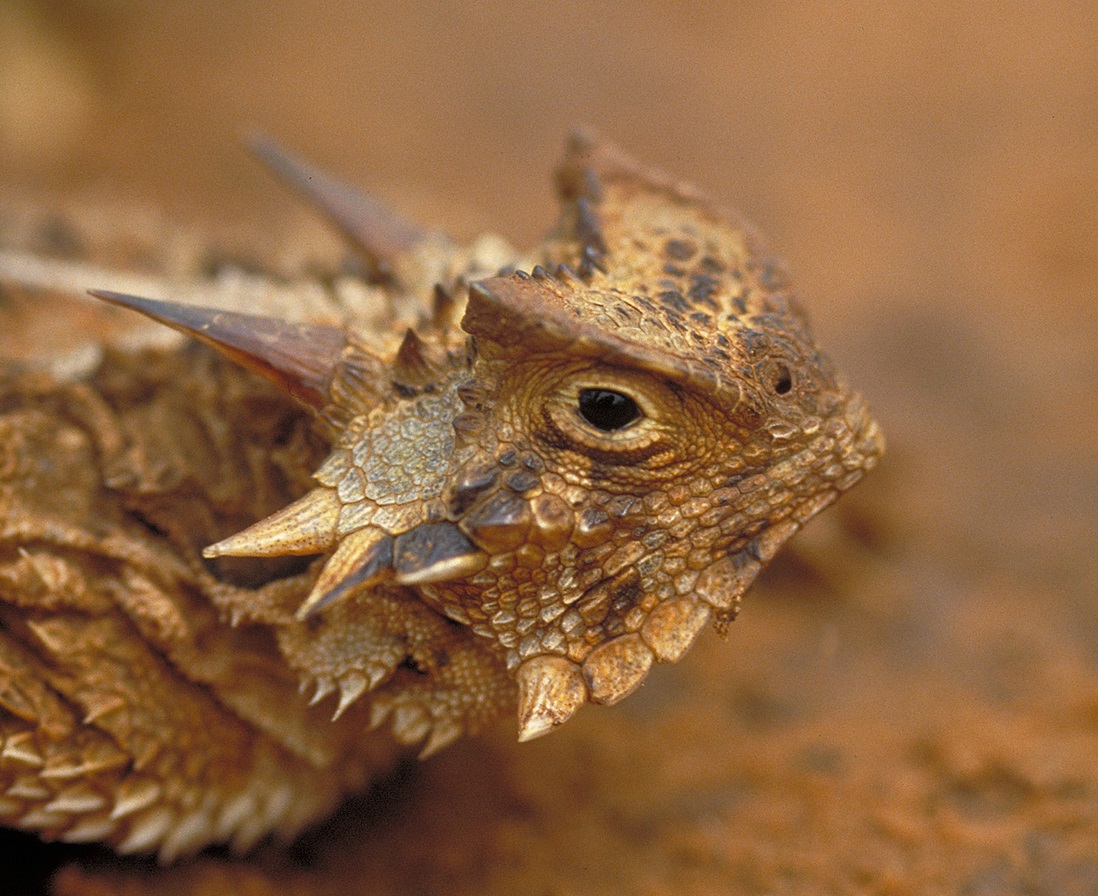

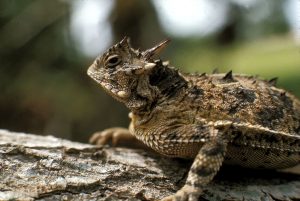
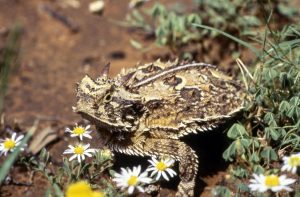
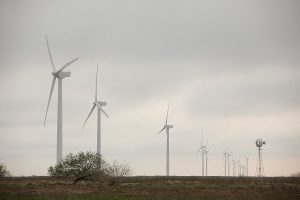
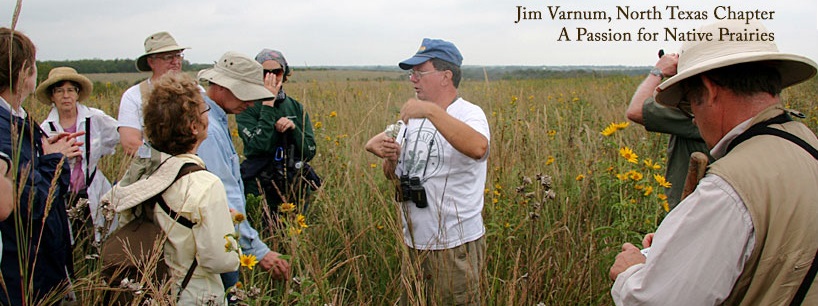

 Passport to Texas is a
Passport to Texas is a  Passport to Texas is made available by:
Passport to Texas is made available by: